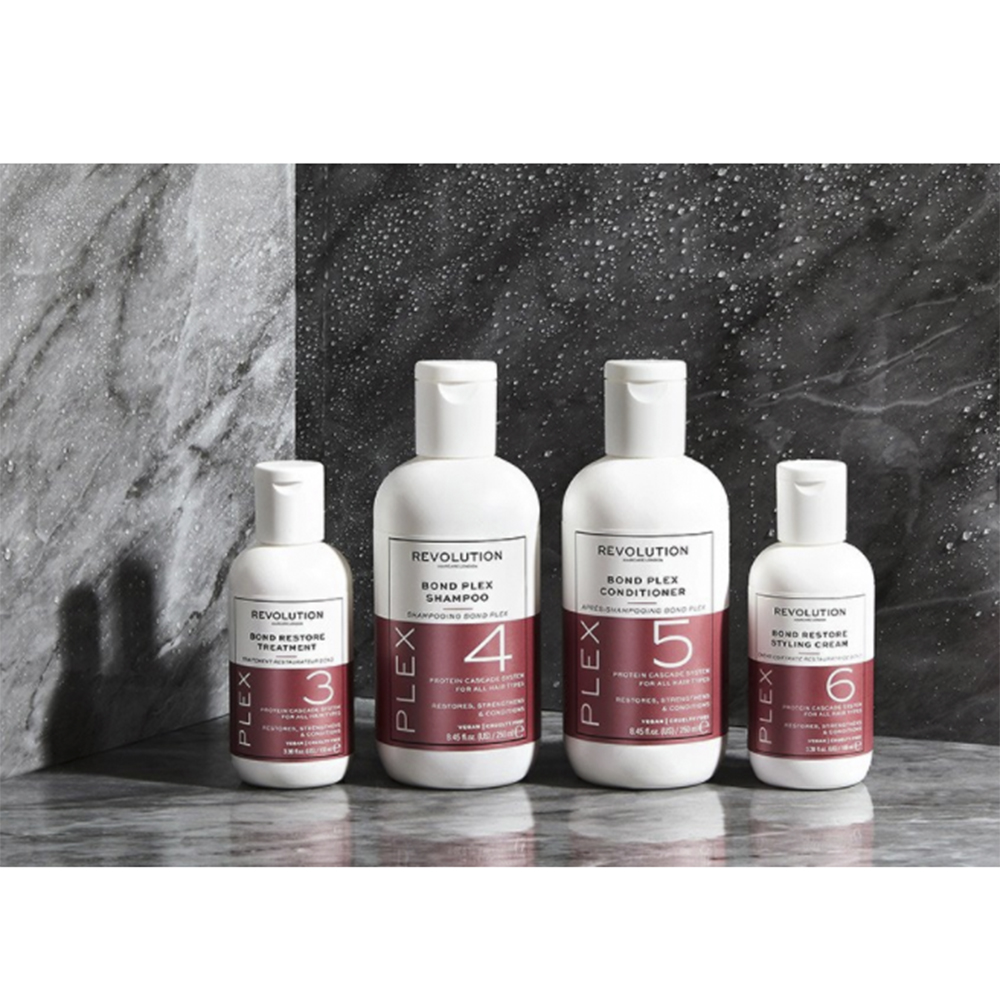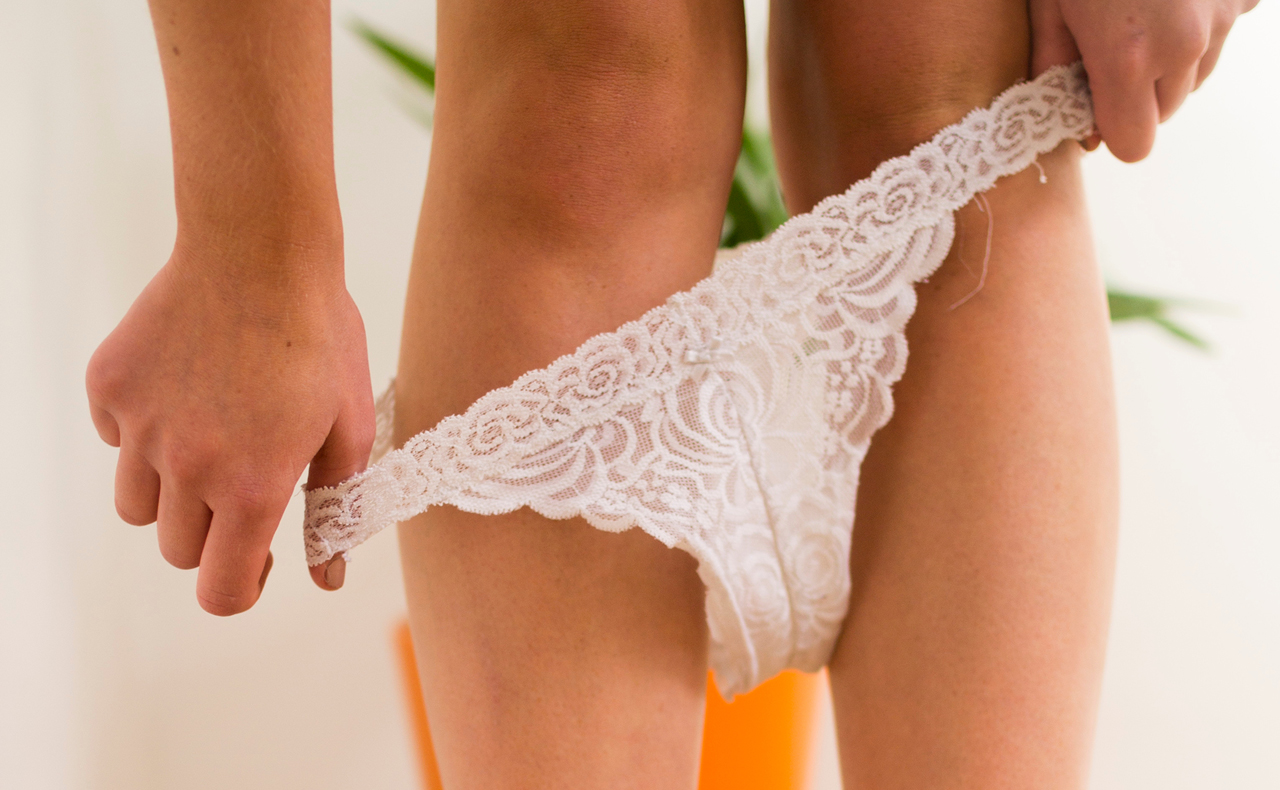Have you ever wondered why your hair takes so long to dry, while your friends’ hair seems to go from saturated to styled in a matter of minutes?
Contrary to popular belief, this has less to do with your hair type, shape and texture and more to do with its level of porosity, AKA its ability to retain and absorb moisture.
But why should we care about this? By determining your hair’s level of porosity, you’ll be able to tell whether it’s healthy, damaged or severely dehydrated.
More importantly, it means that you’ll stop wasting your money on products that are doing damage or doing nothing at all.
So without further ado, here’s a crash course on hair porosity, including how to determine yours in two simple steps…

What is hair porosity?
Understanding hair porosity requires an understanding of our hair’s cuticle layer. Essentially, the cuticle layer refers to the outer casing of our hair, which is responsible for determining what is allowed in and out.
In order for our hair to remain healthy and strong, it is essential that water, products and oils are able to pass through this layer.
If the cuticles are packed in too tightly, water cannot pass through the barrier, so the hair lacks hydration and nutrients. This is known as having low porosity.
If, on the other hand, the cuticles are too far apart, moisture can enter, but not stay. Therefore, products will be absorbed, but not retained, which is known as having high porosity.
How to test your hair porosity at home?
To test your hair porosity, take a clear glass filled with water and a strand of your hair. For the most accurate reading, make sure your hair has just been washed.
If your hair:
Initially floats, then sinks = normal porosity
Remains floating = low porosity
Immediately sinks = high porosity
Characteristics of normal porosity:
Normal porosity means that moisture can effectively penetrate the hair’s cuticle, so you don’t need to repair, just maintain.
In general, people with a normal porosity rating will find that their hair is able to hold a style for an extended period of time, retains colour and product well, appears shiny, and takes a moderate amount of time to dry. Lucky you!
To maintain normal porosity hair, it’s important to:
Do whatever you’re currently doing
This is not the time to go crazy with the colour, chemicals and heat styling. Anything too harsh is going to open your hair cuticle right up and quickly change your porosity level.
Exfoliate your scalp once a week
Every hair type will benefit from removing product build-up, including yours. By ensuring that you’re not letting thick products settle on your hair, you’ll prevent the cuticles from becoming dense.
Characteristics of low porosity:
When it comes to low porosity hair, moisture and nourishing products are unable to penetrate the shaft. Typical characteristics of low porosity include dryness, knotting and taking an extended period of time for hair to dry.
To care for low porosity hair, it’s important to:
Get regular trims
As this type of hair lacks moisture and nourishment, the ends are more prone to fraying and splitting, so be sure to book in for frequent trims to keep them fresh and healthy.
Use a scalp scrub or clarifying shampoo
Remove product build-up caused by poor absorption by working a scalp scrub or clarifying shampoo into your routine; once weekly should do it.
Avoid strengthening protein treatments like Olaplex
While you might be tempted to strengthen your hair, these treatments can actually strengthen the outer cuticle, making it even more difficult to penetrate the strand.
Keep it steamy
The best way to open up the cuticles is by applying heat and steam. Consider applying a conditioning mask to your hair on a particularly hot or humid day and wearing a shower cap while it absorbs. Better yet, apply it in the steam room or sauna.
Seek out humectants in haircare
Ingredients like glycerin and honey are better absorbed by this type of hair than oil-based products.
bh recommends: SheaMoisture Manuka Honey & Yogurt Hydrate + Repair Protein Power Treatment ($25, Woolworths)

Characteristics of high porosity:
Last but certainly not least, if you saw your strands hit the bottom of the glass, you have high porosity hair. Damage caused by colour, excessive sun exposure or chlorine can be attributed to a high porosity rating. Those with porous hair might find that their hair dries quickly after showering or swimming, but often lacks shine and requires constant moisture between washes.
To care for high porosity hair, it’s important to:
Incorporate a strengthening, pre-shampoo treatment
These will help to restore moisture and provide lasting hydration. We recommend the Revolution Plex 3 Bond Restore Treatment ($20, Revolution Beauty).

Use leave-in conditioners
Hydrating leave-ins will help your hair actually hold onto and retain the nutrients. We recommend Provoke Touch of Silver’s Leave-In Conditioner Spray ($7.99, Chemist Warehouse).

Avoid heat tools
Make use of the fact that your hair will air-dry quickly and avoid blow-drying where possible.
Main image credit: @gentlehairdos
Have you tested your hair porosity? If not, do you have any idea which level you’ll be?








This is such a fun article, will test my hair. Noooo, do not recommend me not to use Olaplex xD
I love Olaplex too, so I hope my results are favourable!
Im going to try this! I love sheamoisture products. I wish they were sold in more places in NZ. They can only be found at Farmers
My hair dries super fast but it does also tangle very easily because it’s so fine. Having lots of fine hair means it gets very tangly! I am going to have to go and do that sink or swim hair test!!
Interesting article, yet to test my hair. Would like to save to favourites but I’m not sure how/if possible
yes I would like to save to favourites too
I don’t think this will make a difference as to how I manage my hair.
I’ve got to shampoo tomorrow, so I’ll be doing the test, then.
Interesting article, will try this.
Interesting article indeed. I must test although my hair takes a long time to dry because it is really thick .
Really liked this article. I learnt some interesting facts about hair I didn’t know. I am going to try this and test out my hair porosity l.
Very interesting, I’ll try it out and see what happens
I’d love to try this out next time I wash my hair. Thanks
Thanks heaps BH for this Wonderful Article will have to try the test to which hair porosity I am. 🙂
I’ll test my hair tomorrow.
I really shoudl get trims and use hair masks more often.
This is an useful article, I will definitely do that.
I have low porosity hair – that totally makes sense. I read this article and my hair was still wet hours after washing it.
I have extremely thick hair and lots of it and this causes my hair to take forever to dry -i must test the porosity though
Yet to do the test but I can already guess which hair type I have because my hair takes ages to dry.
Interesting!
Great informative article. I will be doing the test today to see which category my hair fits into.
haha…my hair is confused. Just washed and tested one strand (meter long xD) in a big glass of water. It was floating in mid and bottom. All trough the glass. This means…mhmhm
I used a bucket! Haha!
we need a bucket hahaha
So does it depend on what the water was in? I used water in the basin.
Mine floated – damn! It says to avoid Olaplex – but it seems to improve my hair so much! I’m not ready to quit it, but I might try something with glycerin or honey. I hate the heat, so there’s no way I’m getting into a sauna. Maybe a warm towel?
Ok tested my hair and now I know what porosity it is. Thank you Beautyheaven.
Ooh, I will have to test my hair. I would guess that it’s low porosity because it knots so easily and takes forever to dry
I did the test – I have normal porosity – which I thought I would after reading the article.
My hair dries quickly. I’ll have to check porosity next time I wash it
I think my hair would float.
those exfoliating scalp scrubs are awesome
This is so interesting… Going to go and try this for sure!!!
This is interesting, but I do kind of feel like it’s not something I need to care about a lot.
This is great article. I have never heard of hair porosity. Definitely i will try this home test.
Interesting article.